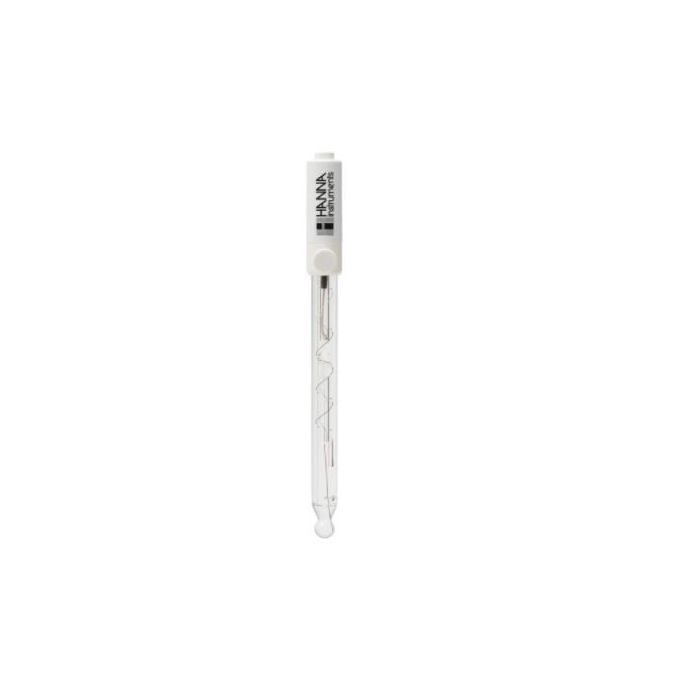SKU
FC300B
Sodium Combination Ion Selective Electrode (ISE) - FC300B
€336.00
In stock
The FC300B is a glass combination ion selective electrode (ISE) for the determination of sodium (Na+) ions in solution. The selective glass membrane produces a potential change due to the exchange of sodium ions on the surface of the membrane and the sample. The internal sensing elements are housed within a sturdy glass body. The FC300B is ideal for a variety of applications in laboratories, food and beverage production, and water quality analysis.
- Refillable Glass Body
- Single Ceramic Junction
- Detection from 0.23 to 22,990 mg/L Na+
Sodium Combination Ion Selective Electrode
| Fast Shipping | No |
|---|

